Liverpool - WAC
After the Germans occupied most of the western european mainland in the spring/summer 1940, their eyes turned to Britain, which remained alone against the German armed forces. In the autumn of 1940, the Germans launched intense air bombardments against British cities and industries witht he puropse to cripple British war production and the morale. However, the british resisted and the expected German invasion of the british isles did not happen. This did not mean that the danger was over, and the British were dependent on supplies for both military and civilian use from the United States and Canada. These supplies were delivered by sea and were vital to British survival.
The German side tried to cripple these supplies by attacking the convoys with submarines patrolling the sea. Liverpool, with its strategic location on the east coast and a major port, was the main destination for these convoys. In February 1941, to protect these convoys, the Western Approaches Command (WAC) moved from Plymouth to Liverpool to lead the defence of the convoys. WAC was a cooperation between the British navy and the British air force with the purpose of defending the convoys.
WAC was headquartered in central Liverpool and had a workforce of about 1,000 people, about 80 percent were young women. Their main task was to locate and (hopefully) identify German submarines, aircraft and ships. This information was then passed on to either the air force or the navy (or both) to combat the threats. In a way, WAC was the heart of the British defense of the islands. The threat to Britain was perhaps greatest in 1942 and less threatend in 1943, but still a threat to be taken very seriously. During the war, more than 1,000 convoys reached Liverpool. In August 1945, when Japan capitulated, the WAC was disbanded.
Current status: Preserved with museum (2023).
Address: 1-3 Rumford St, Liverpool L2 8SZ.
Get there: Metro to James Street station.
Follow up in books: Jonathan Dimbleby: The Battle of the Atlantic: How the Allies Won the War (2016).
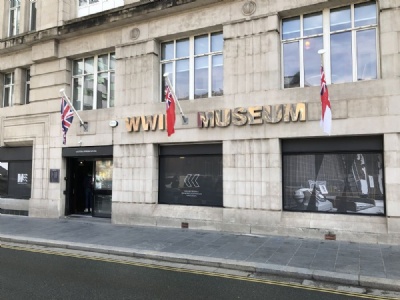
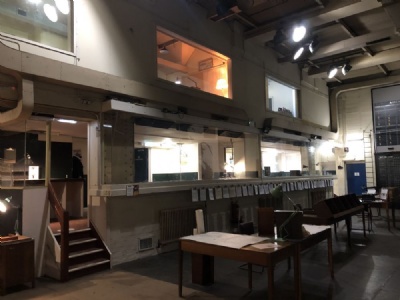

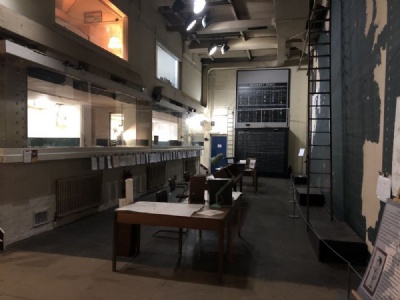
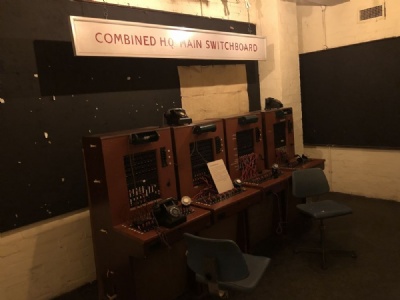
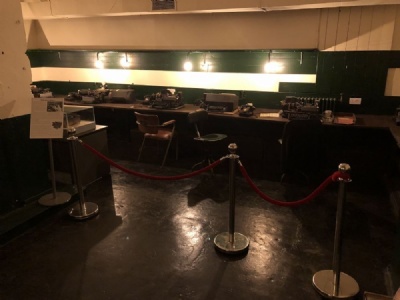
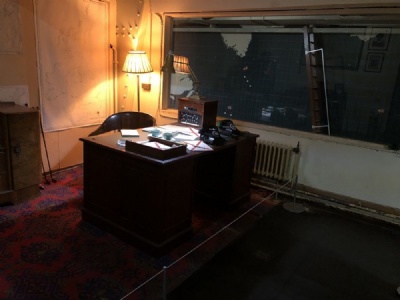
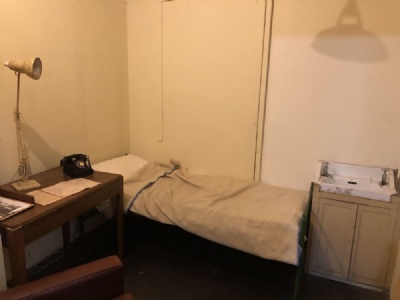
A moderately large museum with both preserved rooms and preserved equipment interspersed with smaller exhibitions linked to the theme. It gives the submarine war and the Battle of the Atlantic a face that easily otherwise falls into the shadow of the more famous Battle of Britain. Can also be combined with the German submarine U-534 located on the other side of the river Mersey.